Animals with a ‘Sixth Sense’ for Disaster
Nature has a way of sending out warnings if you know where to look. While humans rely on weather apps and satellite alerts, many animals seem to pick up on danger long before technology does. Their instincts can make all the difference. Here are creatures whose unusual abilities have caught the attention of scientists and storytellers alike.
Elephants That Hear the Earth
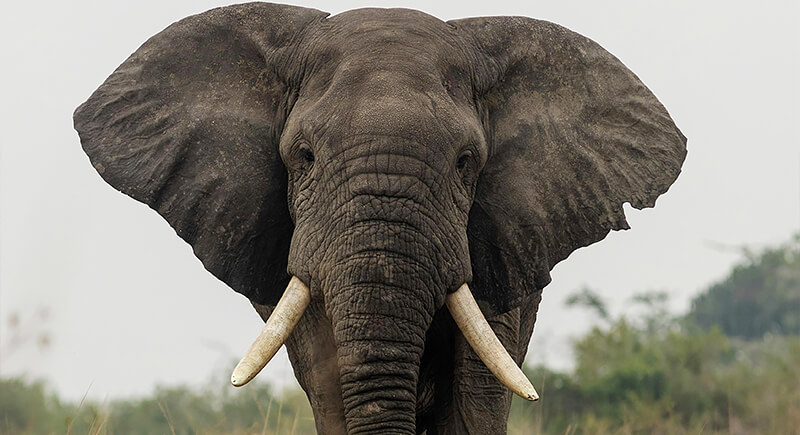
Credit: pexels
Researchers believe elephants detect low-frequency vibrations, called infrasound, through their feet. This “ground listening” allows them to sense distant thunder, approaching herds, or the rumble of an earthquake. In 2004, eyewitnesses in Sri Lanka reported elephants heading inland minutes before the devastating Indian Ocean tsunami.
Sharks With Electric Sensors

Credit: pexels
Sharks carry an extra set of senses in the form of the ampullae of Lorenzini—gel-filled pores that detect the faint electric fields given off by living creatures. This lets them “see” prey even when buried under sand or hidden in murky waters.
Turtles Changing Course

Credit: pexels
A tagged sea turtle released near Tonga in 2022 made an unexpected U-turn two days before a volcanic eruption. Scientists aren’t calling it proof, but it raises questions about whether turtles feel pressure or infrasound changes underwater. Tracking programs are now watching closely for more of these mysterious detours.
Dogs That Read the Air

Credit: pexels
Their hearing picks up low rumblings, and their noses detect shifts in atmospheric scent. Studies also show they can smell biochemical changes in people, which alert owners to seizures or blood sugar drops. In disaster zones, search-and-rescue dogs often locate survivors trapped under rubble by sniffing out even the faintest human scent.
Octopuses That Read the Water
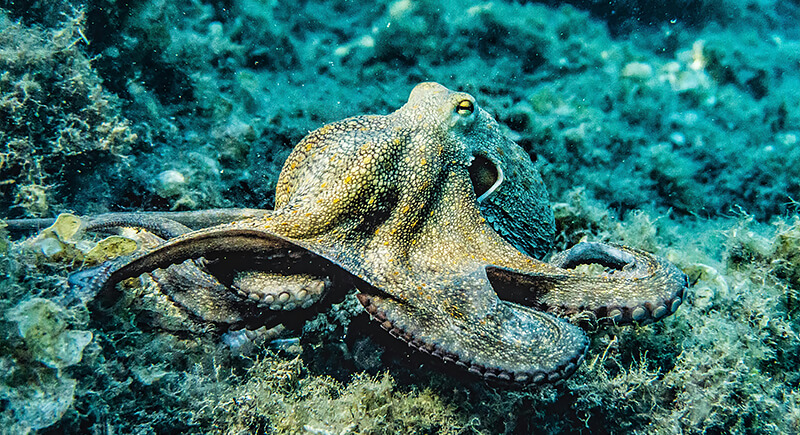
Credit: pexels
An octopus can vanish against the seafloor in a blink, thanks to skin cells that change color and texture. Those same cells also sense light and subtle changes in the water around them. Shifts from seismic or volcanic activity may also be on their radar.
Pigeons With Built-In Navigation
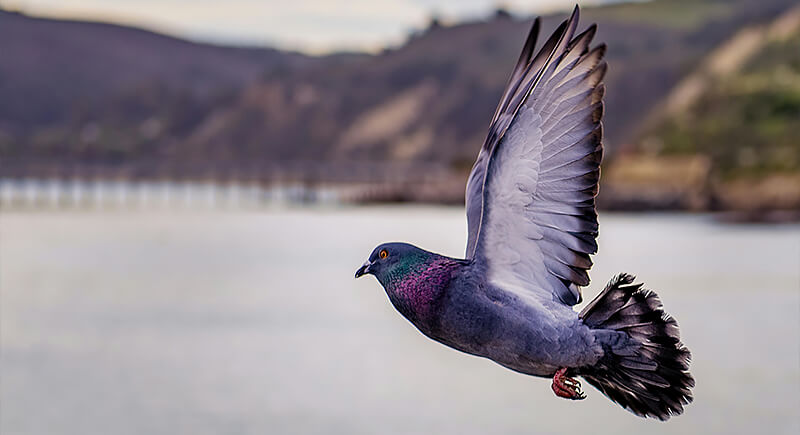
Credit: pexels
Pigeons are famous for their homing skills, but their sense of direction is so refined that they can detect subtle shifts in Earth’s magnetic field. This magnetic map-making may also give them clues about natural disturbances. During wartime, they carried messages through hostile skies, sometimes navigating through dangerous conditions.
Cats as Quake Sentinels

Credit: pexels
Records of feline “earthquake alerts” date back centuries, and scientists are continuously investigating. In earthquake-prone Japan, a survey found 60% of cat owners noticed odd behavior—restlessness, hiding, or fleeing—before tremors began. Cats’ whiskers and paw pads are sensitive to tiny vibrations, possibly giving them an early warning.
Goats That Predict Eruptions

Credit: pexels
On the slopes of Sicily’s Mount Etna, goats have drawn attention for their anxious pacing and restless movements hours before volcanic activity. A study using GPS collars found their activity spiked noticeably ahead of eruptions. Scientists think goats might sense ground vibrations or detect changes in air chemistry.
Toads That Leave Before Trouble
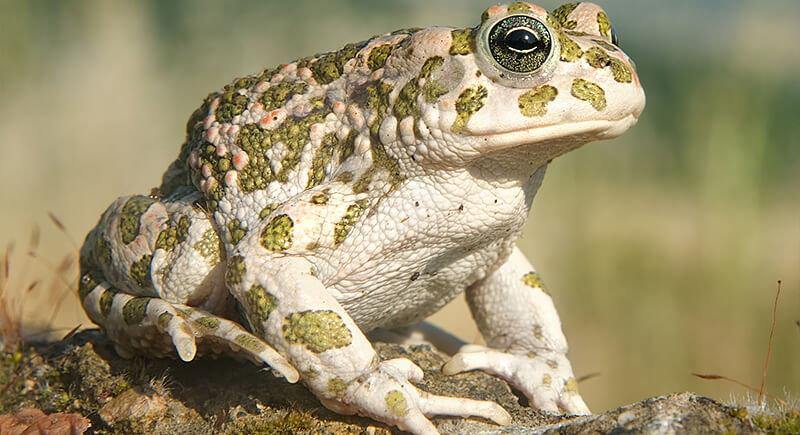
Credit: Wikimedia Commons
Italy’s common toads aren’t exactly long-distance travelers, but days before the 2009 L’Aquila earthquake, they abandoned their breeding ponds. Since they depend on that water to reproduce, scientists suspect even minor chemical changes from underground shifts were enough to send them hopping for safer ground.
Buffalo That Head for the Hills

Credit: pexels
Before the 2004 tsunami hit Thailand, locals noticed buffalo stopped grazing and looked toward the sea before running uphill. Minutes later, the tsunami arrived. While no formal study has confirmed why, many suspect they felt the ground tremors or heard low-frequency sounds.
Birds Avoiding the Storm Path
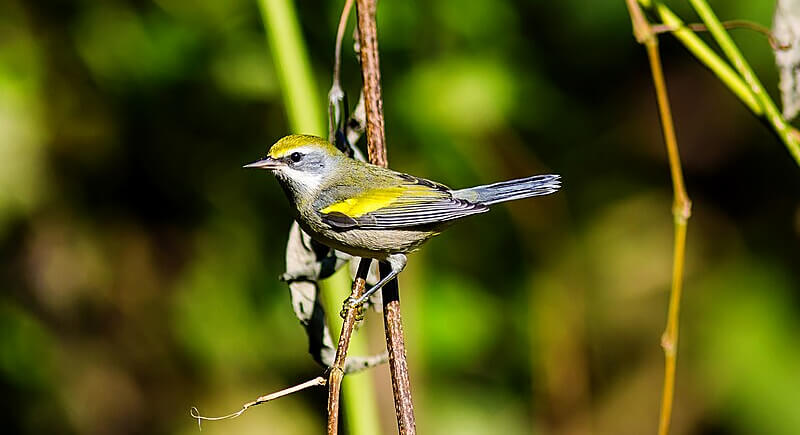
Credit: Wikimedia Commons
Golden-winged warblers in Tennessee startled scientists in 2014 when they abandoned their breeding grounds and flew 435 miles away, days before over 80 tornadoes tore through the region. The skies had been clear when they left, leading researchers to believe they detected infrasound from the approaching storm system.
Cows With a Magnetic Preference

Credit: pexels
Satellite images used in a 2008 study revealed an odd global pattern: grazing cows tend to align their bodies along a north-south axis. Theories suggest they sense Earth’s magnetic field, much like migratory birds. While this isn’t direct disaster prediction, disruptions in magnetic orientation could, in theory, be linked to environmental changes.
Snakes That Flee Underground Homes
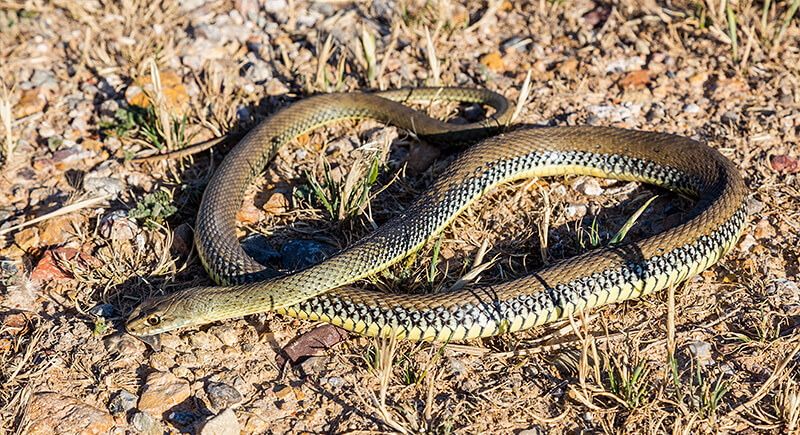
Credit: Wikimedia Commons
Sensitive to even the slightest ground vibration, snakes have been observed leaving their burrows ahead of earthquakes, even in the middle of winter. In Haicheng, China, sudden changes in animal behavior, including snakes, prompted an evacuation in 1975 that saved thousands of lives before a major quake.
Bats Navigating Atmospheric Shifts
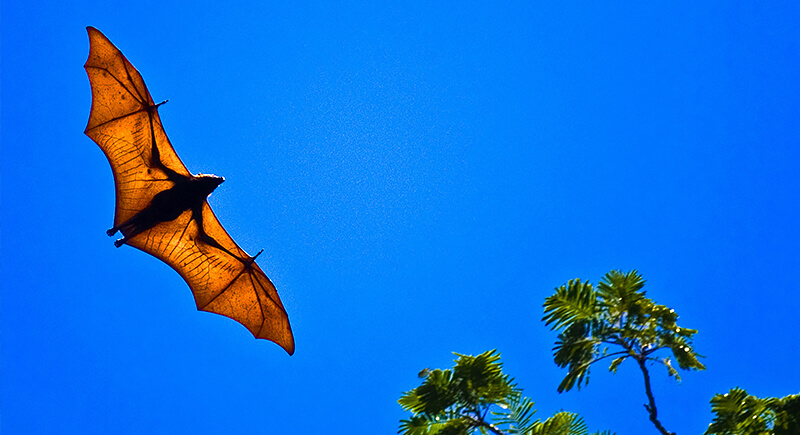
Credit: Wikimedia Commons
For bats, bad weather means fewer bugs, so they pay attention to atmospheric cues. Changes in air density or insect activity can prompt them to adjust their routes before storms hit. It’s less about sensing the storm itself and more about knowing when dinner’s about to disappear.
Camels Adjusting Desert Routes

Credit: pexels
Nomadic herders in North Africa say camels often alter their travel pace and direction ahead of sandstorms. Camels’ large nasal passages are adapted to detect subtle changes in windborne particles. This sensitivity may alert them to incoming storms hours before they’re visible.